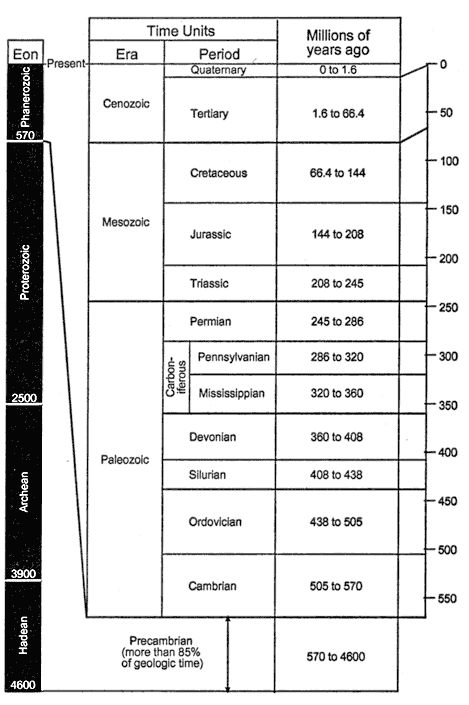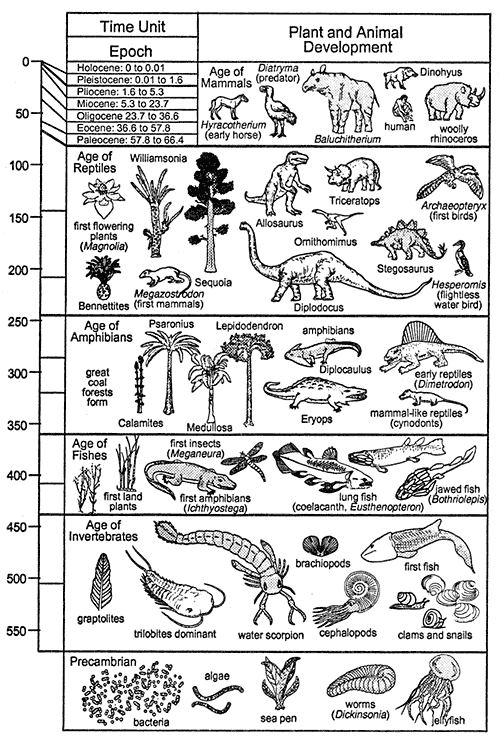Physical continuity. Because the geologic record is rarely complete or fully exposed, geologists are not always able to physically trace a rock formation or contact over hundreds of kilometers. A continuous, visible contact is the physical continuity that is the easiest way to prove that rocks in two different areas are the same. More often both sequences of rocks need to be compared in detail before it can be concluded that a particular rock type in both areas is the same formation.
This examination includes looking at different rock units above and below the formation in question. For example, if you are studying a red shale/sandstone/green shale/limestone/chert sequence and find the same sequence 20 kilometers away, you could assume the green shale is part of the same unit and formed at the same time under similar conditions. The geologic history of an area can be reconstructed by correlating rock exposures within the area. Outcrops may show only parts of a sedimentary sequence, but by comparing the exposed sections, one may identify distinctive marker beds in them that may allow the complete reconstruction of the sequence.
The fossil record. Geologic time periods can be well defined by the fossil remains of animal and plant species within them. Paleontology is the study of fossils. Rocks that contain the same kinds of fossils formed over the same range of geologic time in which the species existed on the earth. Index fossils are those species that lived only during a restricted period and that identify the narrow time range during which the host rock could have formed. Fossil assemblages are groups of different kinds of fossils that coexisted and are more useful than single fossils in determining the age of the formation and the environment of deposition. Correlations of fossils and fossil assemblages have allowed geologists to identify rock units that formed during the same span of geologic time all over the world.
The geologic time scale. Using fossil evidence, geologists developed the standard geologic time scale, which divides the earth's age into eons, eras, periods, and epochs (Table ). When the time scale was first developed, the earliest forms of fossil life were thought to be no older than the Cambrian period, which began about 570 million years ago. The length of time the earth existed prior to the Cambrian (from about 570 million years ago to 4.5 billion years ago) is called the Precambrian. The Precambrian is further subdivided into categories based on age dates and tectonic features.
TABLE 1

